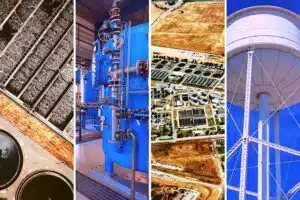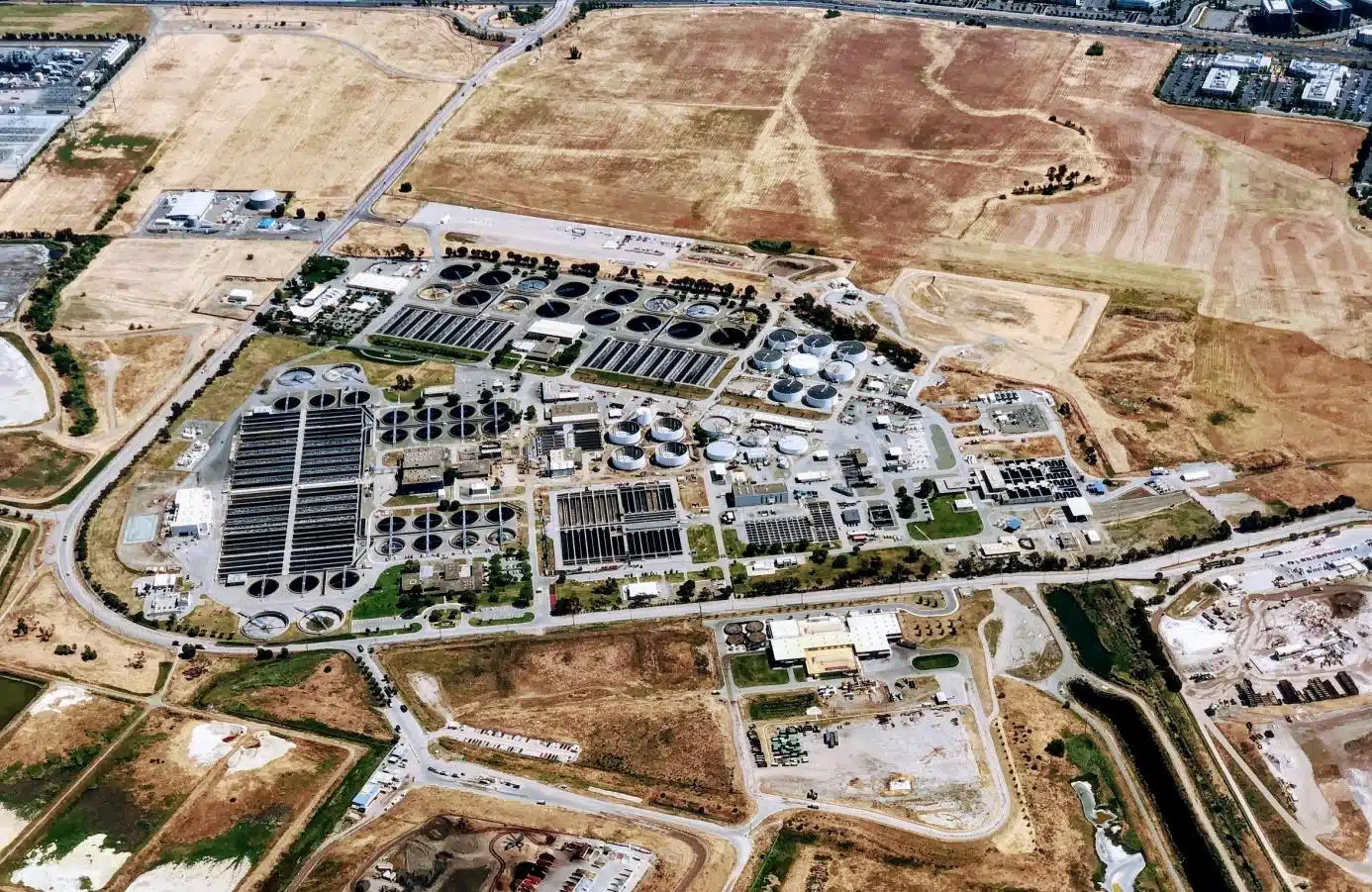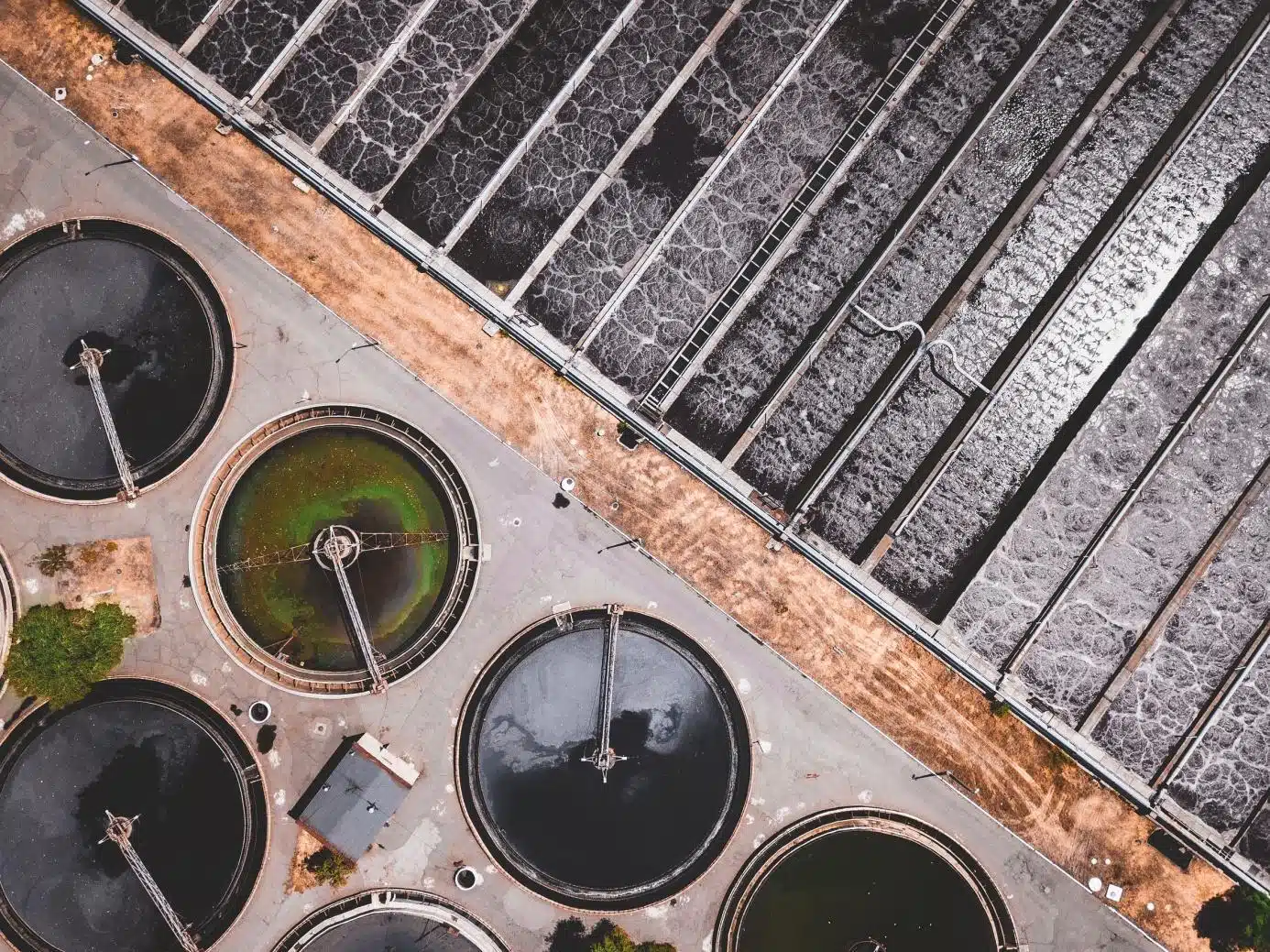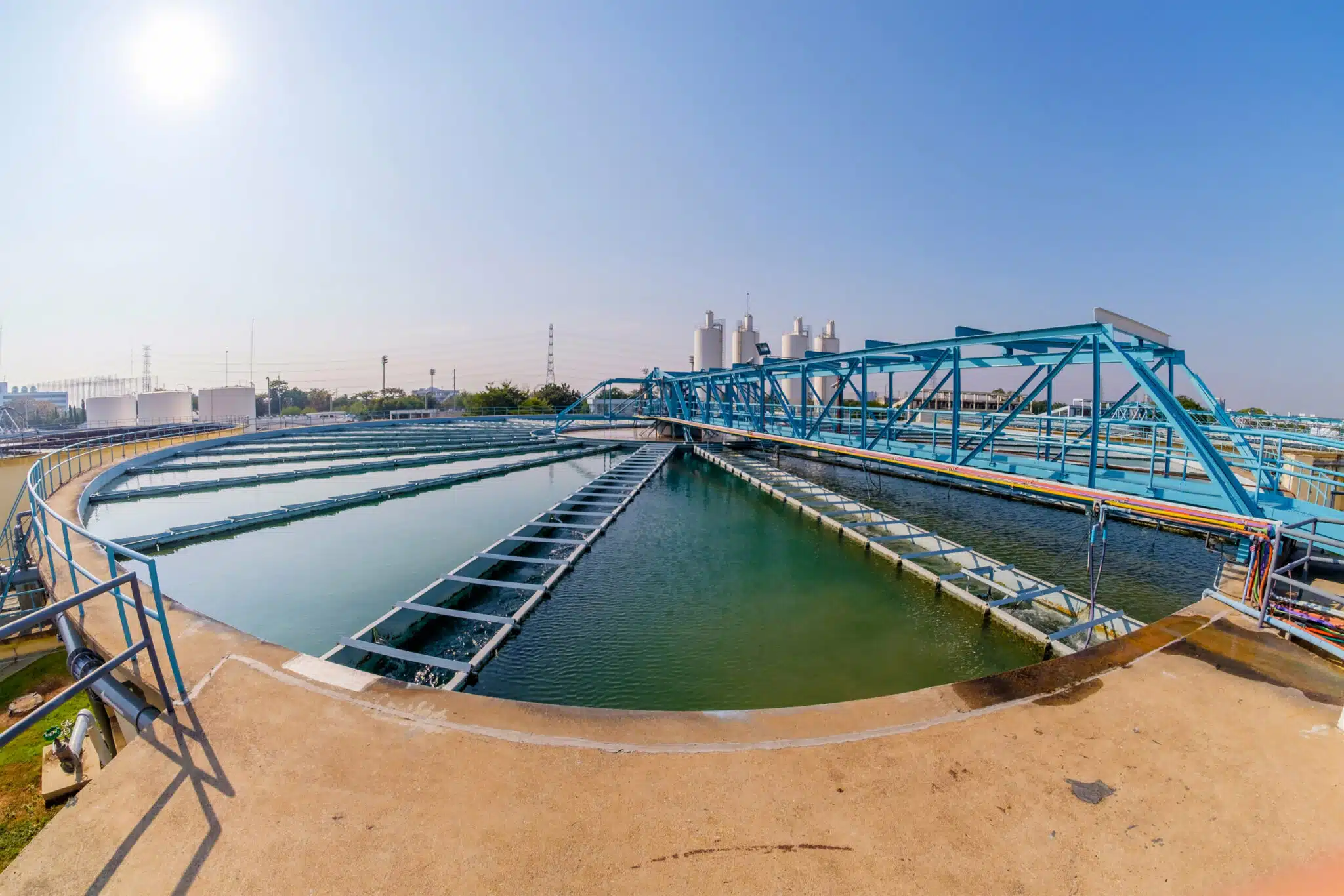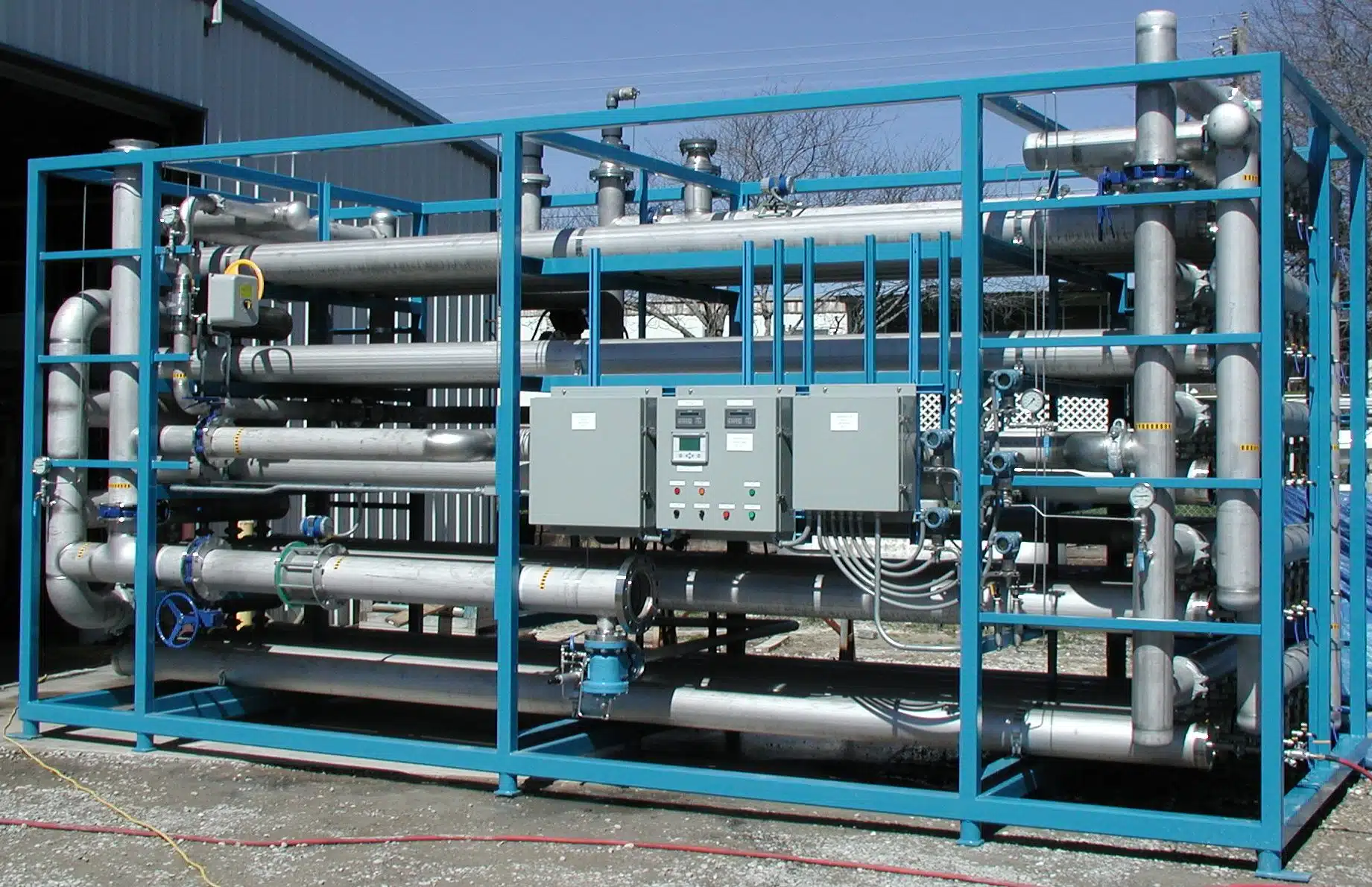How Is Tap Water Treated – If we believe the CDC, the USA has one of the safest public water systems in the world. In most parts of the US, it’s safe to drink from public taps. So that, it’s all thanks to the country’s perfect water treatment methods.
Water utilities across the U.S. follow strict treatment methods to bring water quality up to standard. If you’re interested in knowing how tap water is treated in the USA, you’ve come to the right place. This article will show you four major ways the water authorities treat our tap water.
Four Ways Tap Water is Treated in the USA
The Environmental Protection Agency (EPA) regulates these treatment methods. They ensure water utilities deliver safe, good-tasting, and smell-free water to homes, businesses, and public places.
1. Coagulation-Flocculation
Tap water comes from natural sources. Rivers and underground wells could be the main sources. Water from these natural sources is by no means pure. It is often infected with junk, particulate matter, and industrial or even agricultural waste.
Over time, these bad things completely dissolve in water. You may not see them, but they are there.
Drinking this poor quality water is bad for your health. So, this is where the coagulation-flocculation treatment methods come in. Water operators treat water with chemicals. That aims to aggregate dissolved particles into large and visible bunch of particles. That way, you can easily filter the water.
Principle
Coagulation-flocculation is the first water treatment technique that applied to the pure natural water. Coagulation and flocculation are carried out hand in hand. Coagulation comes first, and then flocculation follows.
In coagulation, the authorities treat water with chemicals. By this, they try to form clumps from particles.
After that, the water is mixed-up quickly to bring the suspended particles closer together. In the end, coagulation joins the suspended particles into large clumps called macroflocs.
Flocculation and coagulation are both processes that happen in liquids. Here, chemicals treat the water but are mixed only slowly to bring the particles closer together. Flocculation produces larger clumps of solids. Then, once these clumps have reached their maximum size, the water treatment process is ready to go to the second step: sedimentation.
Advantages
All water utilities consistently apply this treatment because;
- First, it is pretty simple and cost-effective.
- Second, it separates many kinds of particles from water.
- Next, it allows for an easy filtration process.
- Last but not least, it uses ample and low-cost chemicals.
2. Sedimentation on How Is Tap Water Treated
Sedimentation comes after coagulation. Actually, it happens after the suspended particles in water have been separated into large clumps. Thus, sedimentation is a physical water treatment method that relies on gravity.
Principle
Generally, sedimentation allows solid particles that float in the water to settle. Water utilities gather up large amounts of water in sedimentation tanks. So, it allows the solid particles in the water to settle down to the bottom of the tank. After settling, they remove the clear water floating over the solid sediments.
The sedimentation process is easier when the water is first treated with chemicals to clump up the solid particles.
After sedimentation, the water still goes through other treatment steps, including filtration, for better results.
Advantages
After all, sedimentation provides the following benefits:
- Just need Fewer chemicals.
- Then, it makes the next treatment process simpler.
- Furthermore, it is cost-effective.
3. Filtration
Once the macroflocs have settled at the bottom of the sedimentation tank; the clear water in the tank go through into a separate tank and filtered. The water passes through filters of different pore sizes. It aims to remove dissolved particles, microorganisms, and chemicals.
Even though we already filtered the town water, it can become infected. It could happen as it travels down to your home. Most homes in the US still use home water filtration systems. They believe it help to further purify the water. Further, You can find out more about home water treatment units at watermasterz.com.
Principles
To filter out bad stuffs in the water, you can use water filter. The water filter stops the things from passing through the filtering media and allows only clean water to pass through.
The filtration process cannot operate without the filter medium, the filtering device, and a driving force.
- The filter media acts as a barrier. It will prevent bad particles from flowing with clean water. Further, sand, carbon block, ceramic, or metal can be the material for the filter media.
- The water filtration device used in water facilities is usually larger than domestic water filters. Thus, the unit holds the filter media in place and guides the water as it flows.
- The filter allows water to flow through it due to the driving force. The forces involved in the water filtration process can come from many causes. It can be centrifugal, gravity, pressure on the water above the filter, or a combination of these forces.
Filtration occurs in 4 stages, they are:
Pre-Filter Stage
This is the first stage of filtration. The water goes through a pre-filter before reaching the main filter membrane. The pre-filter’s job is to remove dirt and other particles from the water.
Membrane Stage
The water from the pre-filter moves to the membrane. It removes most of the dissolved solids and other bad things. Then, the water come into drain.
Post-Filter Stage
As the water flows away from the filter membrane; it goes through a post-filter to lose any remaining smell or taste.
Polishing Filter Stage
Before water suppliers can send the water to houses, the water goes through the last filter stage. In the final stage, the water flows through an activated carbon filter to remove any bad things. This stage wants to make sure that there is no chemical that missed in other steps.
Advantages
- First, it assures you of safe, good-tasting water.
- Then, it removes taste and smell from water.
- Lastly, it releases chemicals in tap water, including chlorine.
4. Disinfection
After the water passes through the filtration process, the water company adds disinfectants. It aims to kill any remaining microorganisms. Thus, this step means ensuring that the water delivered to homes and businesses is sterile.
Water utilities usually make use of chemical for disinfectants. Some examples of those are chlorine dioxide, ozone, and chlorine. However, using chemical are not the only option; water utilities can also use physical disinfectants. It will be like heat, electronic radiation, and ultraviolet light.
